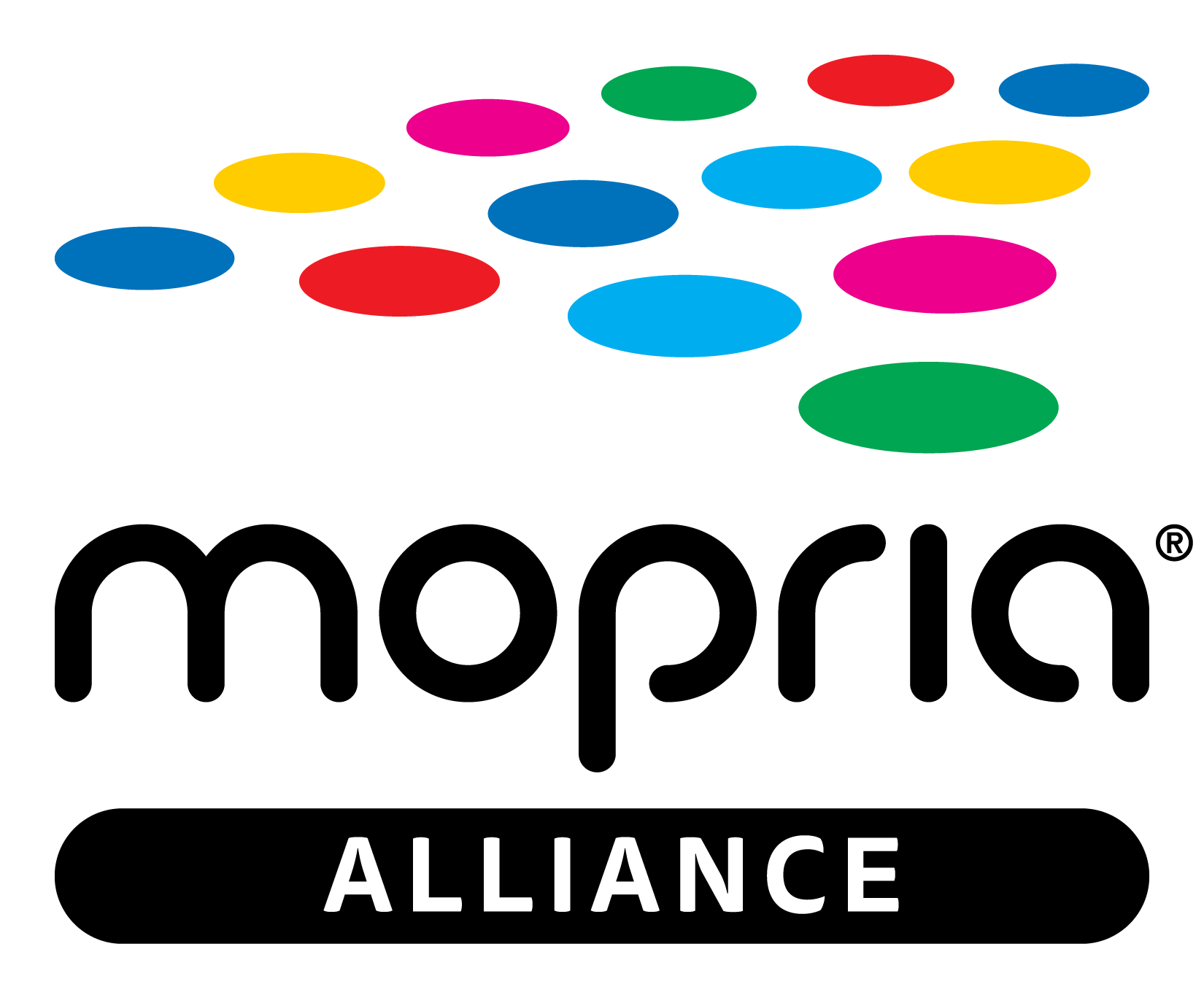

Inventures Insights January 2021
Happy New Year!
The Inventures team would like to wish you a happy, healthy New Year!
 |
Accelerating Innovation Through
Multi-Stakeholder Collaborations
To quote Ryunosuke Satoro, Individually, we are one drop. Together, we are an ocean.
In today’s complex ecosystems (e.g., digital business and networks) and the growing number of global theater players, few companies can “do it alone.” These days, innovation often requires the cooperation of multiple stakeholders in an ecosystem in order to design and implement a solution. However, bringing together collaborative participants from companies that are sometimes competitors, sometimes partners, and sometimes suppliers, is not a simple matter.
 |
Our Mission is Your Mission
2020 brought forward challenges that are reshaping societies and economies around the world, but the one thing that has remained constant is the important work that associations do to make a difference.
 |
Virtual Events – The Do's and Don'ts
It is hard to say what industry segment is worse hit by the pandemic, but the event industry is certainly among them. We all learned new skills, became more technologically savvy, and focused to make critical events engaging and important enough to attend. Virtual experiences play a vital role in near-term and a valuable tool for long-term event strategy. We share some Do's and Dont's we have learned along the way
 |
Client News: Mopria Alliance Survey Shows Printing for At-Home Education is "Essential"
In the wake of so many changes to education this year, the Mopria Alliance recently conducted a survey to find out how important Print and Scan capabilities are for those who are engaged in “learn-from-home” or distanced learning vs those participating in traditional in-person school.
 |
 |
Accelerating Innovation Through Multi-Stakeholder Collaborations
To quote Ryunosuke Satoro, Individually, we are one drop. Together, we are an ocean.
In today's complex ecosystems (e.g., digital business and networks) and the growing number of global theater players, few companies can “do it alone.” These days, innovation often requires the cooperation of multiple stakeholders in an ecosystem in order to design and implement a solution. For example, this cooperation is often seen in network-based technology solutions and many platform business models (e.g., Linux, Android, Visa). Some of the drivers for collaboration include desire for larger markets, increased demand, and risk mitigation. By creating multi-stakeholder platforms, collaboration is enabled, which can help build larger global markets.
However, bringing together collaborative participants from companies that are sometimes competitors, sometimes partners, and sometimes suppliers, is not a simple matter. Choosing the right structure for the collaboration; such as partnerships, LLCs, industry associations, technical alliances, projects, or consortia; is important. To determine the best
structure for the collaboration, one must consider many different features of the collaboration structure, such as:
|
|
Once the structure of the collaboration is defined, it is essential that the organization have the appropriate policies, process, and systems to facilitate the collaboration to achieve the desired outcome(s). Often times, collaborators may be competitors or at least not always see eye-to-eye on things, so these processes must establish fair and balanced mechanisms to gain and determine consensus on items of importance.
Fortunately, there is a short list of building blocks for creating and implementing effective collaboration. These building blocks, provide collaboration participants with a greater sense of belonging, enhance resourcing and productivity of collaborations, and increase visibility and impact in the broader ecosystem. These collaboration building blocks – a clear mission and deliverables, a diverse team, the right form and a repeatable framework – are described in more detail in our Benefits of Collaboration whitepaper.
Another concept that is important for ensuring a collaboration remains effective and on-task towards its mission is the technology collaboration lifecycle
– that is, collaborations have a definitive lifecycle that require a focus on different priorities at the different phases of the lifecycle. A previous article provides more details on the usefulness and specifics of the technology collaboration lifecycle.
Inventures has an intimate understanding of multi-stakeholder collaborations stemming from decades of working side-by-side with the some of the world’s brightest individuals and innovative organizations who have pooled their resources and set-off on a path to develop inspiring solutions that create lasting, impactful change. Ranging from project-based collaborations to full-blown technology alliances, Inventures can share experiences and lessons-learned from failed to successful collaborations for other organizations wishing to explore starting a new collaboration.
 |
2020 brought forward challenges that are reshaping societies and economies around the world, but the one thing that has remained constant is the important work that associations do to make a difference.
Since 1949, our parent company, SmithBucklin has been partnering with association professionals and volunteer leaders to advance their organizations’ missions through hard work, innovation, and unwavering commitment every day. Now more than ever, the vital work of associations has never been more relevant or more needed. If you're looking to drive growth, advocate change, unite industries, build communities, enable collaboration, or accelerate results, SmithBucklin and SmithBucklin-owned companies like Inventures are here to help your association.
Learn how we can help your organization achieve its mission and make a difference
https://bit.ly/2IslZja.
 |
Virtual Events – The Do's and Don'ts
It is hard to say what industry segment is worse hit by the pandemic, but the event industry is certainly among them. We all learned new skills, became more technologically savvy, and focused to make critical events engaging and important enough to attend.
Virtual experiences play a vital role in near-term and a valuable tool for long-term event strategy.
Here are some Do’'s and Don'ts we have learned along the way:
Do's:
Do Choose the Right Presenter/Speaker
Your speakers are in command of the audience, and you want to ensure they engage your audience and keep their attention. The wrong speaker can cause your attendees to choose another activity, which risks them not coming back to the event at all.
Do Take the Time to Rehearse Your Event
Schedule a rehearsal for your key speakers and run through the program on the virtual event platform you are planning to use. This is key to ensure you are able to run through your event the way you envision it, and to familiarize your speakers with the platform login and system.
Do Consider Time Zones
When planning any event, especially international ones, time zones are extremely important to consider in choosing the right date/time for your event. Also, be sure to check international holidays when considering the date(s) for your event.
Do Continue to Offer Opportunities to Build Relationships
Consider the socializing options from the virtual platform you are considering, and ensure you have what you need to offer attendees a chance to network. If you are not using a virtual platform, you can set up virtual rooms or lounges that offer attendees to pop in, turn on their camera and chat with each other
Don'ts:
Don't Forget a Contingency Plan
If you are relying on your own internet to run an event, be sure to have a backup plan such as ability to use your phone’s hotspot or a MiFi device ready to go. If you hire an agency to run your event, confirm they have an appropriate contingency plan and you know what it is.
Don't Set Your Event Longer than 3-4 hours Per Day
People are on the verge of virtual meeting burnout and a full day is never a good option. Deliver your content in digestible bites. And, don’t forget to include a 10-15 minute break every 2 hours.
Don't Forget to Follow-up
A follow-up email is a great opportunity to send a link to a survey, important take-away information and appreciation for their time. You can also send your key messaging/presentation recording through your internal systems or external social media channels.
Don't Forget to Have Fun!
Try using some interaction or gamification tools to keep your attendees engaged, or have a contest and/or raffle that can also act as incentive to attend.
Converting your in-person event to a virtual event may seem daunting. But by following these tips, you can get an amazing virtual event running smoothly, that still provides value to your attendees.
 |
Client News: Mopria Alliance Survey Shows Printing for At-Home Education is "Essential"
In the wake of so many changes to education this year, the Mopria Alliance recently conducted a survey to find out how important Print and Scan capabilities are for those who are engaged in "learn-from-home" or distanced learning vs those participating in traditional in-person school.
The survey sought to uncover how vital print is as an educational tool, why people using print for school and whether they have access to printing at home or have lost that resource due to distanced learning situations.

Top Takeaways Printers are generally easily accessible and used often:
- About 75% of students had access to a printer in their home
- Approximately 75% of older learners (high school and up) and 2/3 of younger learners (K-8) print at least monthly, if not daily or weekly for school
- This is a much higher incidence of printing than for office workers
- About 50% of students/parents said they would have a hard time without a printer and print is very important to their education
- 75% of older learners reported that print is an essential learning tool
Why Use Print?
- Top reason for using print: to turn in or complete an assignment, homework or worksheet
- 3 of the top 4 reasons are to help students learn, comprehend and focus better
- When students aren't required to print for an assignment, they frequently do anyway to help them understand the information in a way that only print provides in spite of a very digital world.
Technology Used in Printing
- Older Students: Mobile phones and apple computers are significantly more important learning tools
- Older students need technology with more computing power that will last through college and beyond
- Younger Students: Tablets and Chromebooks have a greater impact
- Have lower compute needs and have less frequent tech usage
The concluding takeaway is that even though the students are working from a smartphone, laptop or tablet —and even though they are living in an increasingly digital world, more than 75% of respondents said that printing is an essential learning tool.
You are subscrbed to %%list.name%% as %%emailaddr%%
To unsubscribe, click here and send a blank email

Copyright © Global Inventures, Inc.